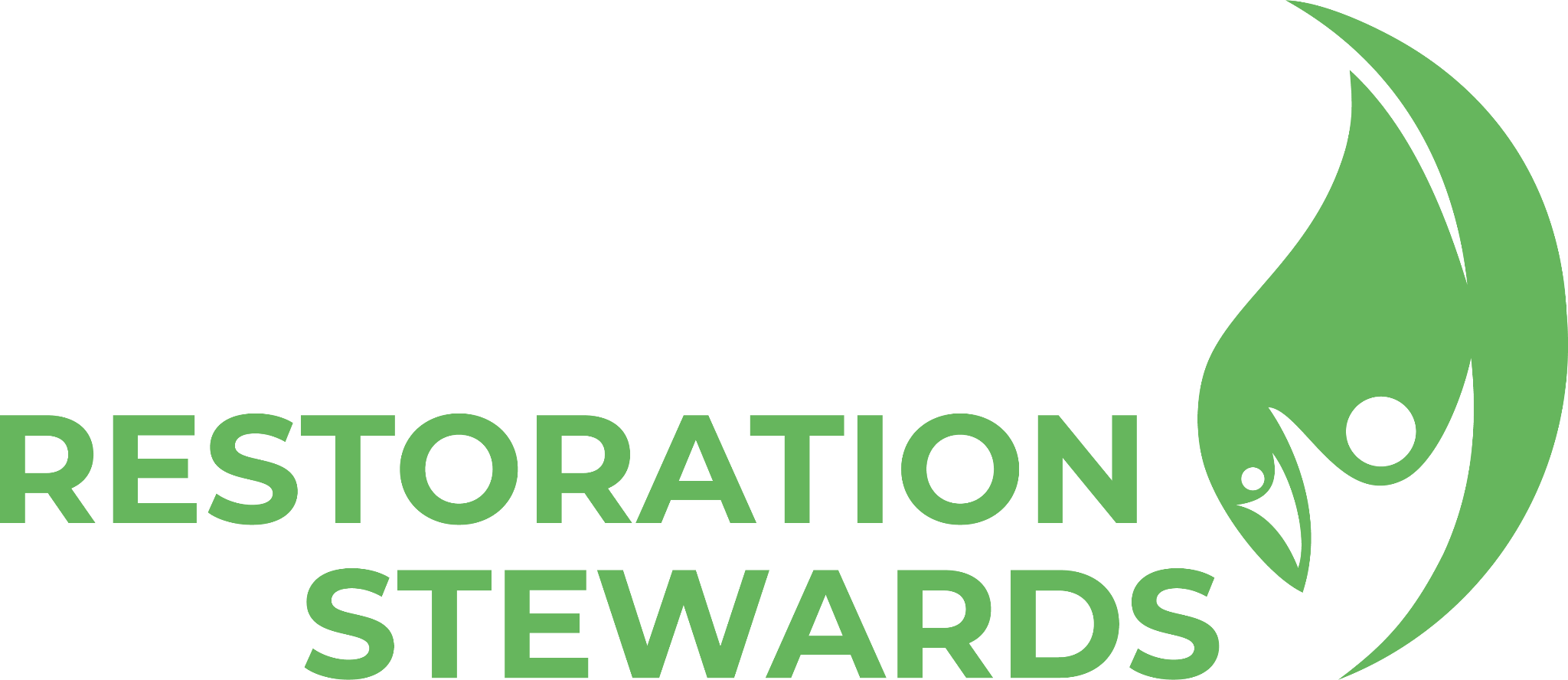Learning how to use grass seed banks to restore degraded grasslands – the MWCT approach
The Maasai Wilderness Conservation Trust (MWCT) works with communities across Kuku Group Ranch (KGR) to encourage conservation and restoration activities.
In collaboration with Justdiggit, MWCT is restoring the drylands of KGR through sustainable interventions such as grass seed banks – not only to economically empower the Maasai women but also to restore and bring back the grasslands that have been degraded.
The grass seed banks are established by groups of women with the involvement of the community. The process involves several activities:
- Community involvement: Before agreeing and co-shaping actions with the community, no activities can be run.
- Site selection: The decision of where to establish grass seed banks is also taken by the community. The selected site is often a degraded area of around ten hectares.
- Protecting the site: Fencing is very important to protect grass seed banks from livestock and wildlife. For example, Kuku Group Ranch is a corridor for wildlife movement between the Tsavo West and Amboseli National Parks, so it is particularly important to protect the grass seed banks from potential wildlife harm.
- Tilling of the land: This is often done using a tractor to ensure that the soil is properly mixed. The tilling is done to soften the soil and increase percolation.
- Sowing the grass seeds: Indigenous grass seed species are placed on top of the soil and covered using tree branches.
- Germination: In a good rainy season, the grass seeds germinate in about a week.
Germination is not the end of the journey. Grass seed bank management is intensive. It involves activities like weeding, which – depending on the rains and quantity of weeds – is usually done twice per season. Weeding makes a big impact on yields, as any weeds will compete with the grass that has been planted. Moreover, the fence needs to be maintained such that it remains effective in protecting the grass seedbank. Additionally, it is key to regularly meet with the community to foster a feeling of shared responsibility (and hence ownership), and to raise awareness on the importance of restoration.
Finally, the general project manager should also be trained regularly to help enhance the quality of the products that are generated (i.e. grass seeds and hay). MWCT has conducted several internal and external training activities, as well as horizontal learning opportunities, to help improve the knowledge of the women leading the project about grass seedbank management. Horizontal learning opportunities usually comprise of the women visiting other groups doing similar projects.
At the end of the growing season, the grass is cut and the seeds are collected. The grass is sold as hay, while the seeds are sold to other people or organizations who want to do other restoration activities.
Moilo Grass Seedbank is a beneficiary of MWCT restoration programs. With support from MWCT’s Livelihood Coordinator, the women’s group has received a grant from Global Landscape Forum, which will assist the group to further protect its grass seed bank, implement other restoration activities, and build more awareness about restoration.

Figure 1: a Maasai woman in her grass seed bank before harvest

